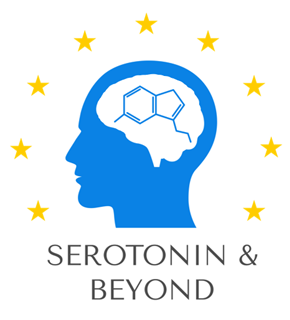Carbon-mixed dental cement for fixing fiber optic ferrules prevents visually triggered locomotive enhancement in mice upon optogenetic stimulation
July 19, 2023
Optogenetics enables activation/silencing of specific neurons with unprecedented temporal and spatial resolution. The method, however, is prone to artefacts associated with biophysics of light used for illuminating opsinexpressing neurons. Here we employed Tph2-mhChR2-YFP transgenic mice, which express channelrhodopsin (ChR2) only in serotonergic neurons in the brain, to investigate behavioral effects of optogenetic stimulation of serotonergic neurons. Surprisingly, optogenetic stimulation enhanced locomotion even in ChR2-negative mice. Such unspecific effects are likely to be due to visual agitation caused by light leakage from the dental cement, which is commonly used to fixate optic fiber ferrules on the skull. When we employed black dental cement made by mixing carbons with dental cement powders, such unspecific effects were abolished in ChR2-negative mice, but not in ChR2-positive mice, confirming that enhanced locomotion resulted from serotonergic activation. The method allows extracting genuine behavioral effects of optogenetic stimulation without contamination from visual stimuli caused by light leakage.
